20 Fascinating Facts About Benin
1. Benin was formerly known as Dahomey, a powerful kingdom in western Africa that flourished during the 18th and 19th centuries.
2. Dahomey means “on the belly of Dan.” Dan was a rival king on whose grave Dahomey’s royal compound was built.
3. Benin’s southern coast used to be known as the Slave Coast, a departure point for slaves where for over 100 years, an average of 10,000 slaves a year were shipped to the Americas.
4. The Route des Esclaves (Route of Slaves) in Ouidah is a road leading from the original slave auction plaza down to the beach where over 12 million slaves were deported.
5. The route includes the Tree of Forgetfulness (where slaves were branded and forced to walk around the tree in circles), the Tree of Return where slaves frequently circled with the belief that their souls would return home after their death, and the Gate of No Return memorial.
6. The voodoo religion originated in Benin where National Voodoo Day is celebrated annually on 10th January.
7. Followers of voodoo account for 11% of Benin’s population, according to figures from 2013.
8. The French became the colonial power in Dahomey towards the end of the 19th century. In 1946, Dahomey became an overseas territory of France and then in 1958, it became self-governing within the French Community.
9. In 1960, Dahomey achieved complete independence, and then in 1975, the country changed its name to the Republic of Benin.
10. The current name, Benin, derives from the Bight of Benin – a bay lying off Africa’s west coast within the Gulf of Guinea in the Atlantic Ocean. there is also a Benin City and Benin River in Nigeria.
11. In the early 1990s, Benin made history by becoming the first African country to transit from a dictatorship to democracy and one of the first African countries to hold multi-party elections.
12. Benin, along with Burkina Faso and Niger, is home to the largest intact ecosystem in West Africa, the Pendjari National Park. The UNESCO-listed park also “harbors the only viable population of lions in the region.”
13. Benin only has one UNESCO site located solely in Benin, the Royal Palaces of Abomey. Built during the Kingdom of Dahomey in the 17th century, the site consists of a set of ten palaces.
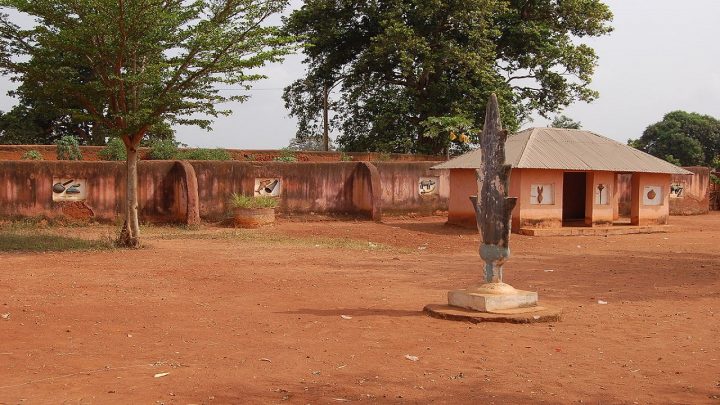
14. With a median age of just 17 years old, Benin has the 10th youngest population in the world. Almost 65% of the population is under 25 years old.
15. Benin has a simple flag with horizontal stripes of yellow and red and a vertical green stripe. The yellow and green reflect the savannas of the north and the palm groves of the south, while the red reference the blood of ancestors who defended the homeland.
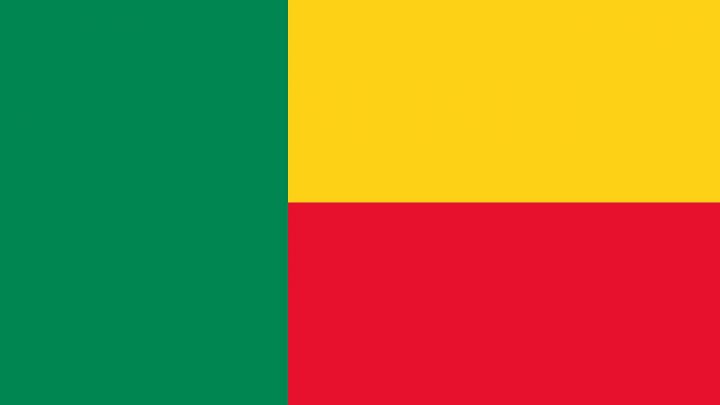
16. Although Porto-Novo is the capital city, the government sits in Cotonou, the country’s largest city, and economic capital the country’s only seaport, and international airport.
17. Cotonou means “by the river of death” in the native Fon language and Porto-Novo means “new port” in Portuguese.
18. Snakes are revered in Benin and it is considered a sign of good fortune if a snake crosses one’s path.
19. Benin is home to the Temple of Pythons, a sacred shrine inspired by the legends of King Kpasse, that’s home to dozens of royal pythons that move freely within the temple’s grounds.
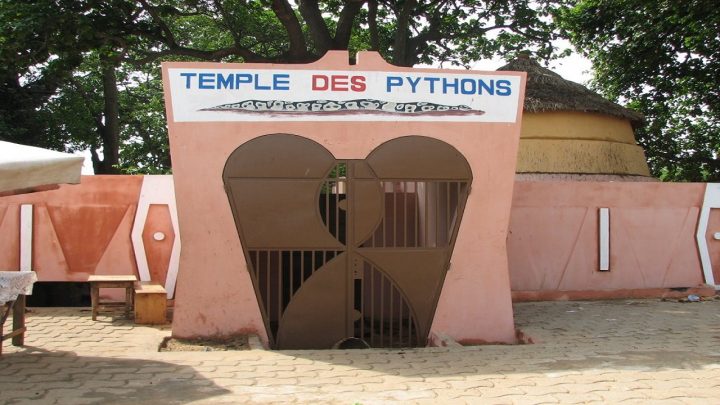
20. The village of Ganvie, located on Lake Nokoue in Benin, has been dubbed the “Venice of Africa” as it was built entirely on stilts.

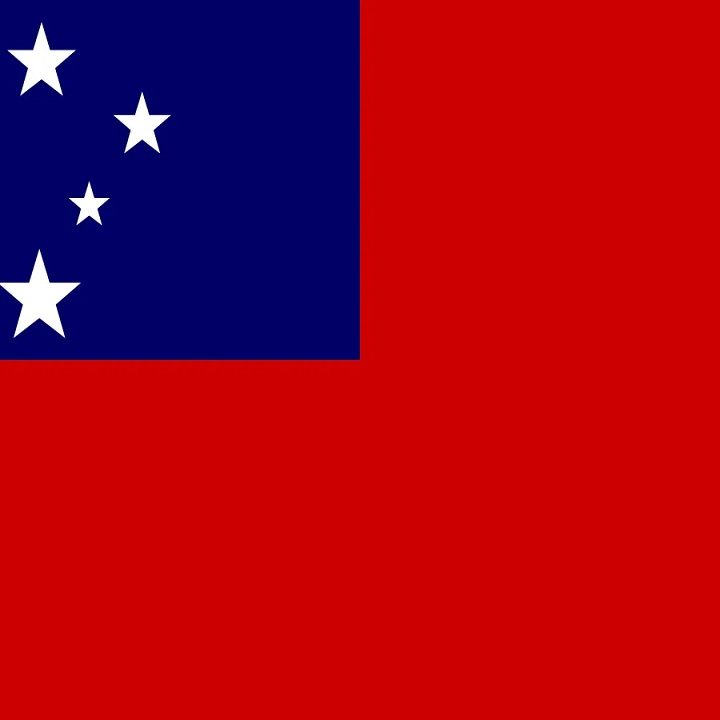
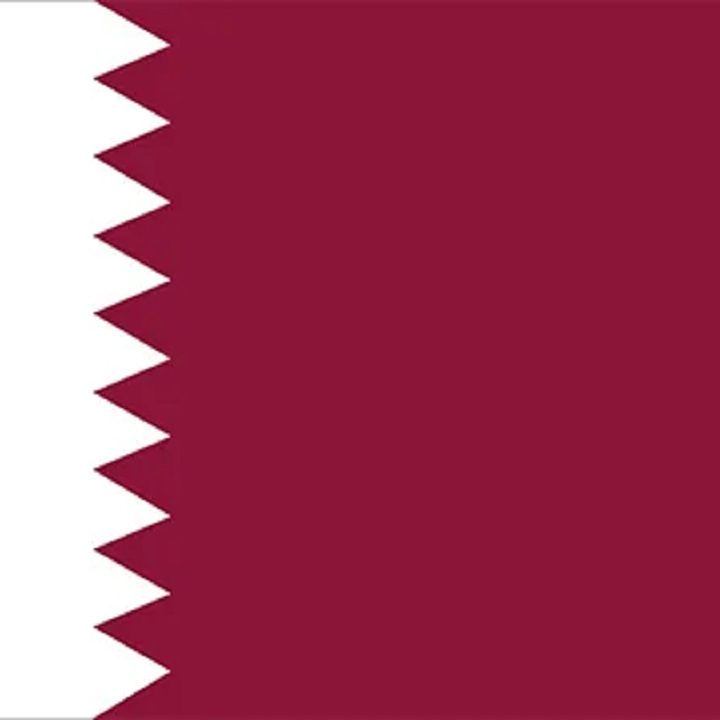
4 thoughts on “20 Fascinating Facts About Benin”